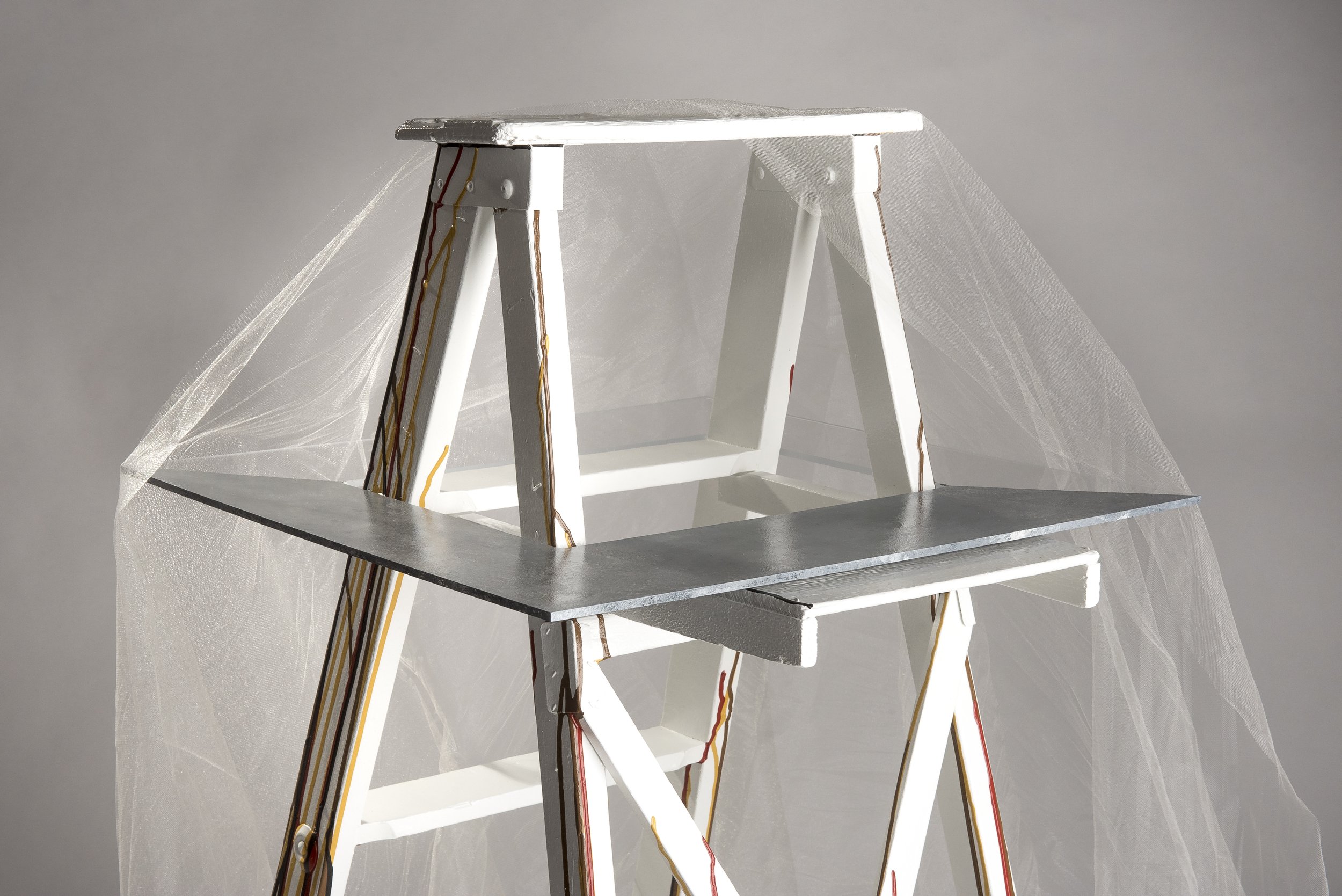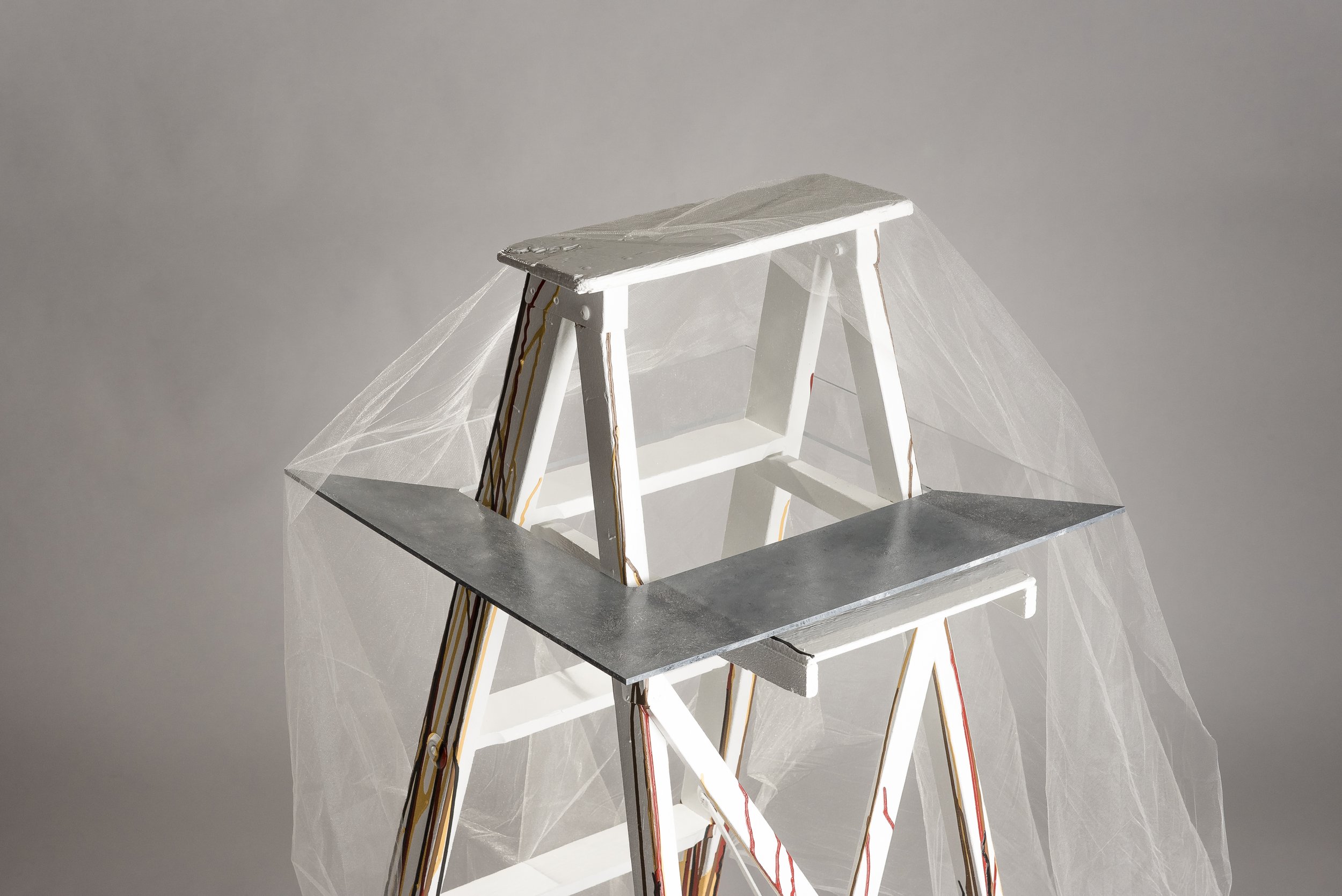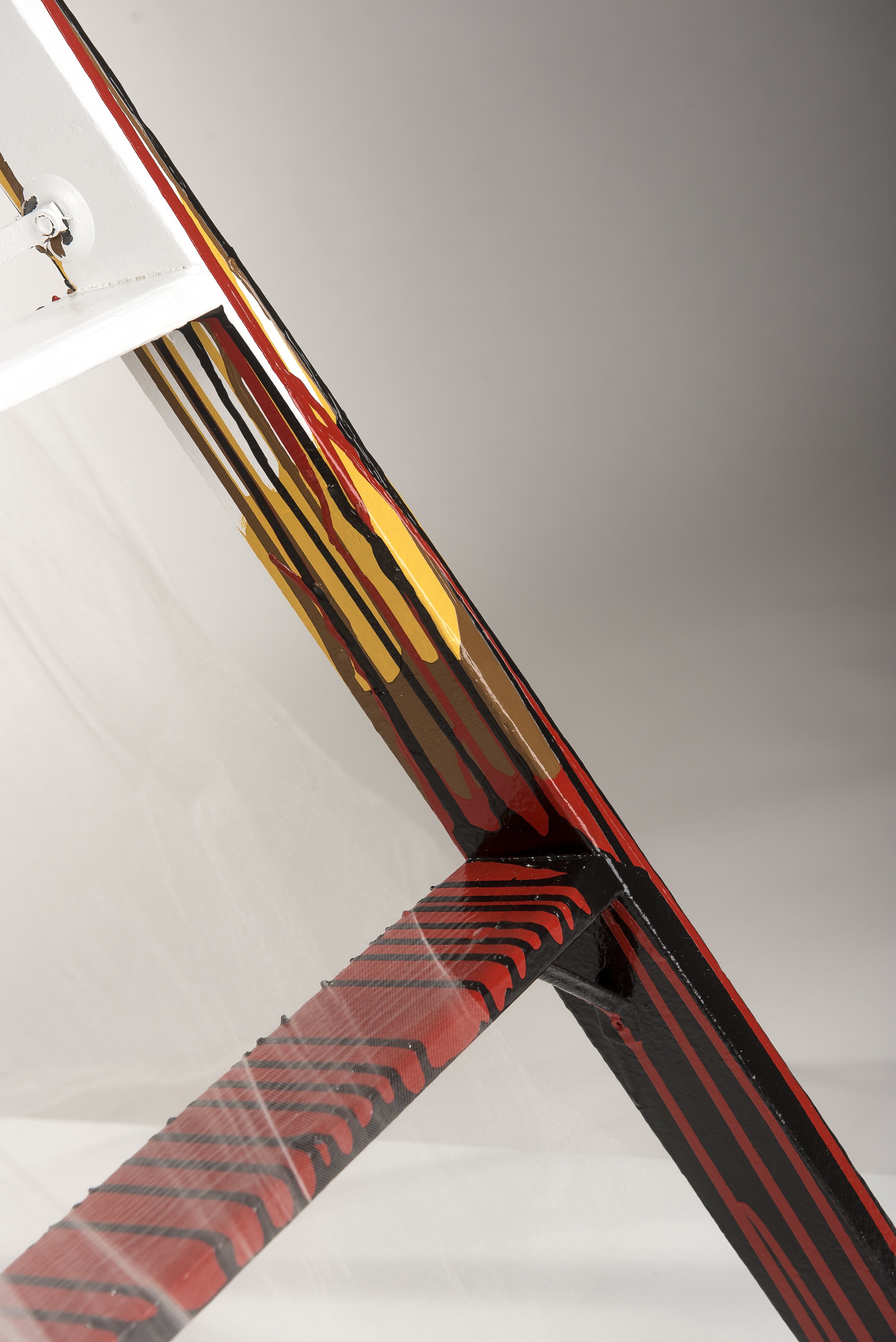
While we frequently discuss the concept of the glass ceiling and its implications for women in terms of hiring and promotion (Jackson & O’Callaghan, 2009), what often remains overlooked are the intricate intersections of race and racism that extend beyond the binary "women versus men" within the realms of the professional, organizational, and academic spheres.
Intersectionality, as defined by Crenshaw (1991), sheds light on the limitations of identity politics by highlighting the disparities among different groups of people and the unique challenges these differences pose. Moreover, Crenshaw (1991) asserts that contemporary literature on feminism and antiracism often neglects to acknowledge the distinct identities of women of colour (p. 1243).
The experience of women of colour encompasses more than just the glass ceiling barrier; they also grapple with an additional obstacle known as the concrete ceiling (Jackson & O’Callaghan, 2009). This concrete ceiling precedes the glass ceiling and disproportionately affects women of colour. A concrete ceiling is far more formidable, visibly obstructing advancement prospects in the workplace or faculty hiring.
It's crucial to recognize and address these complexities, as they profoundly impact individuals’ progression through what can be likened to an equity ladder.




